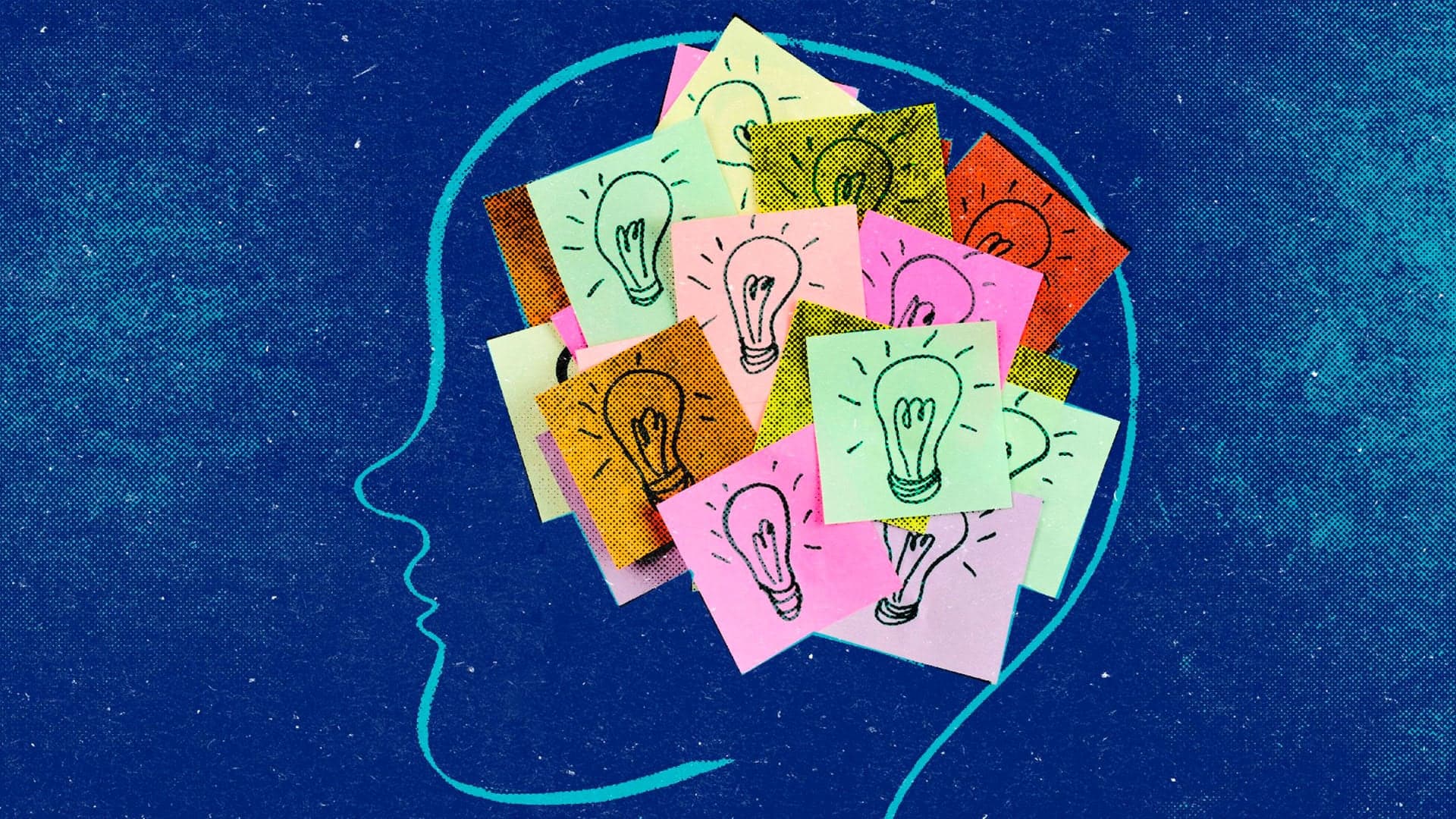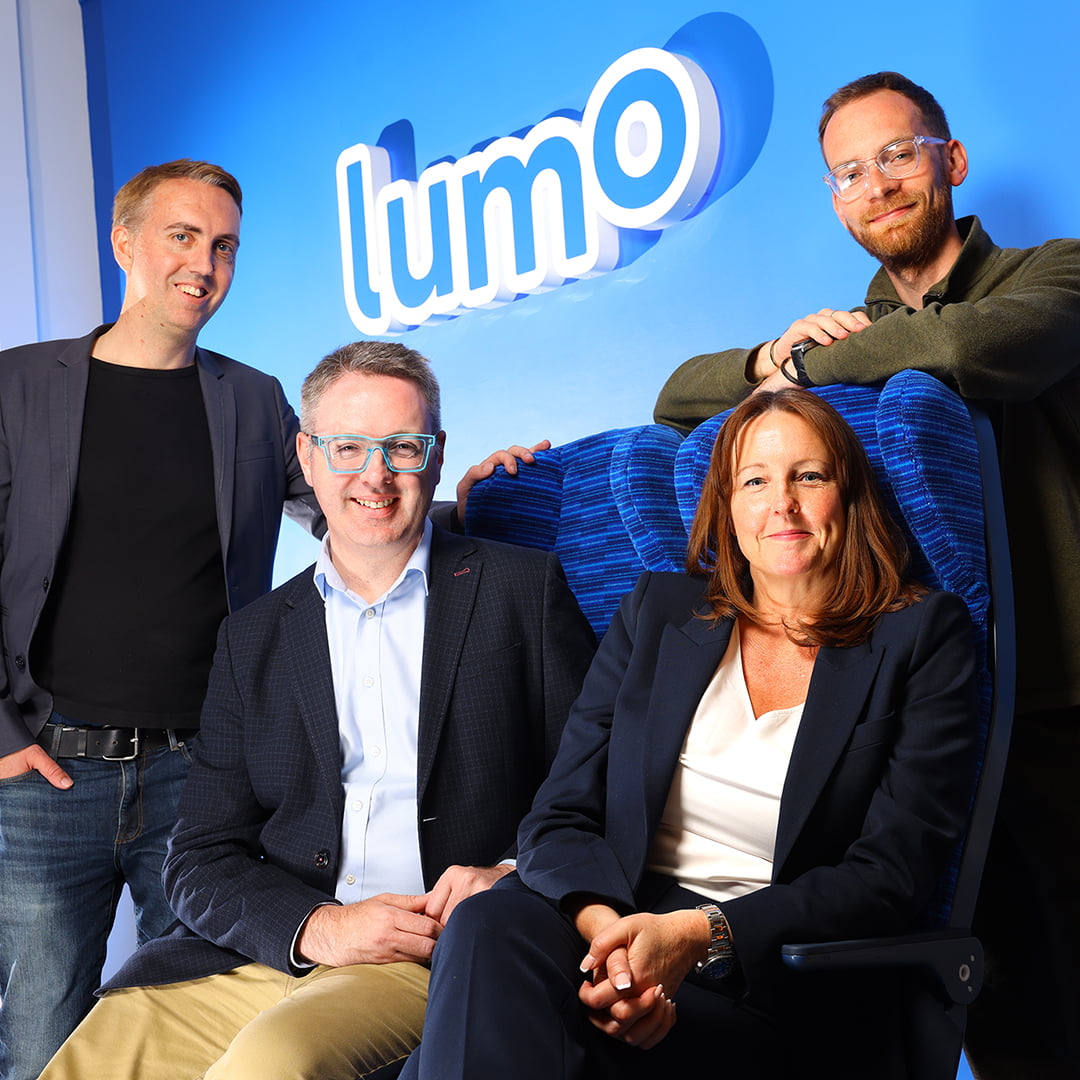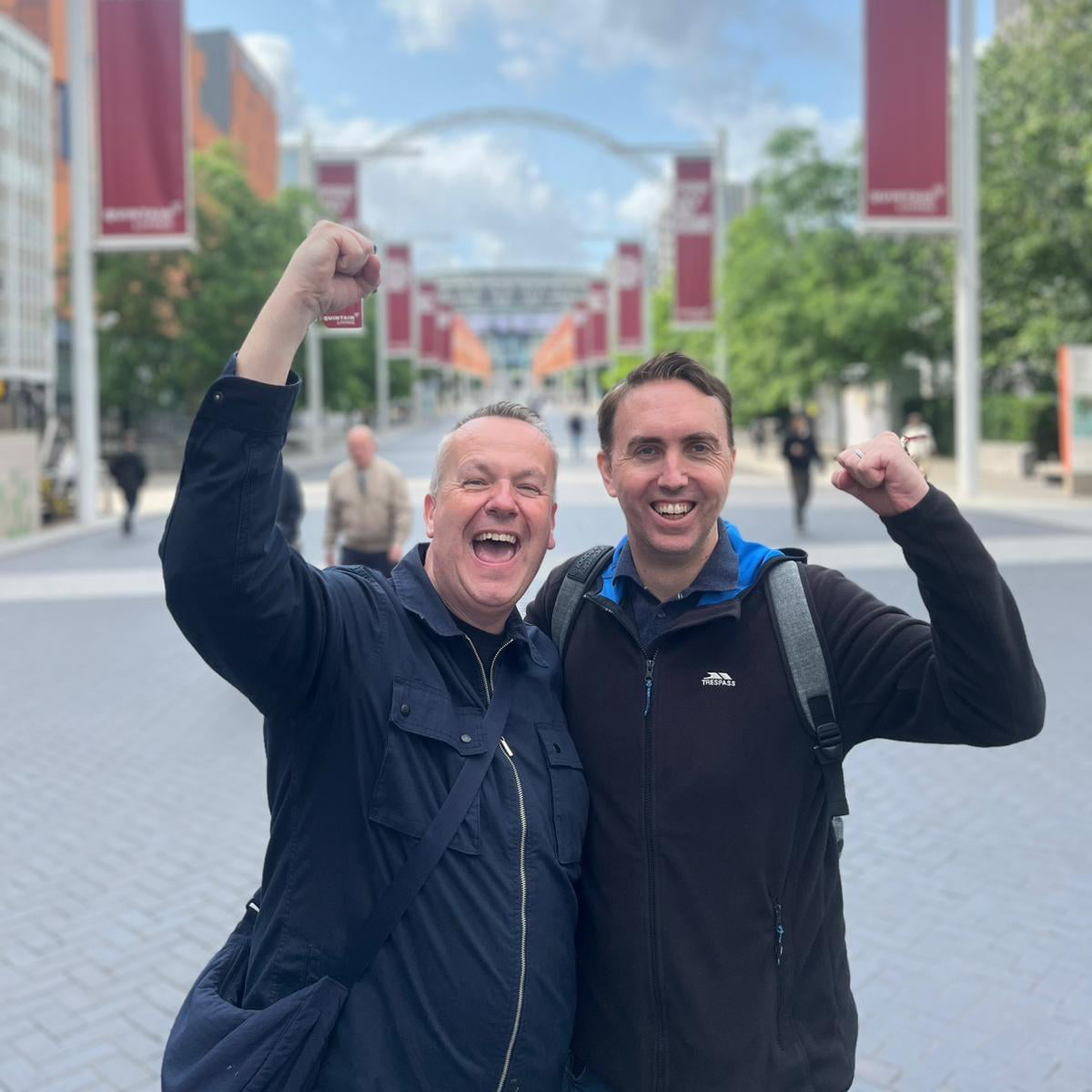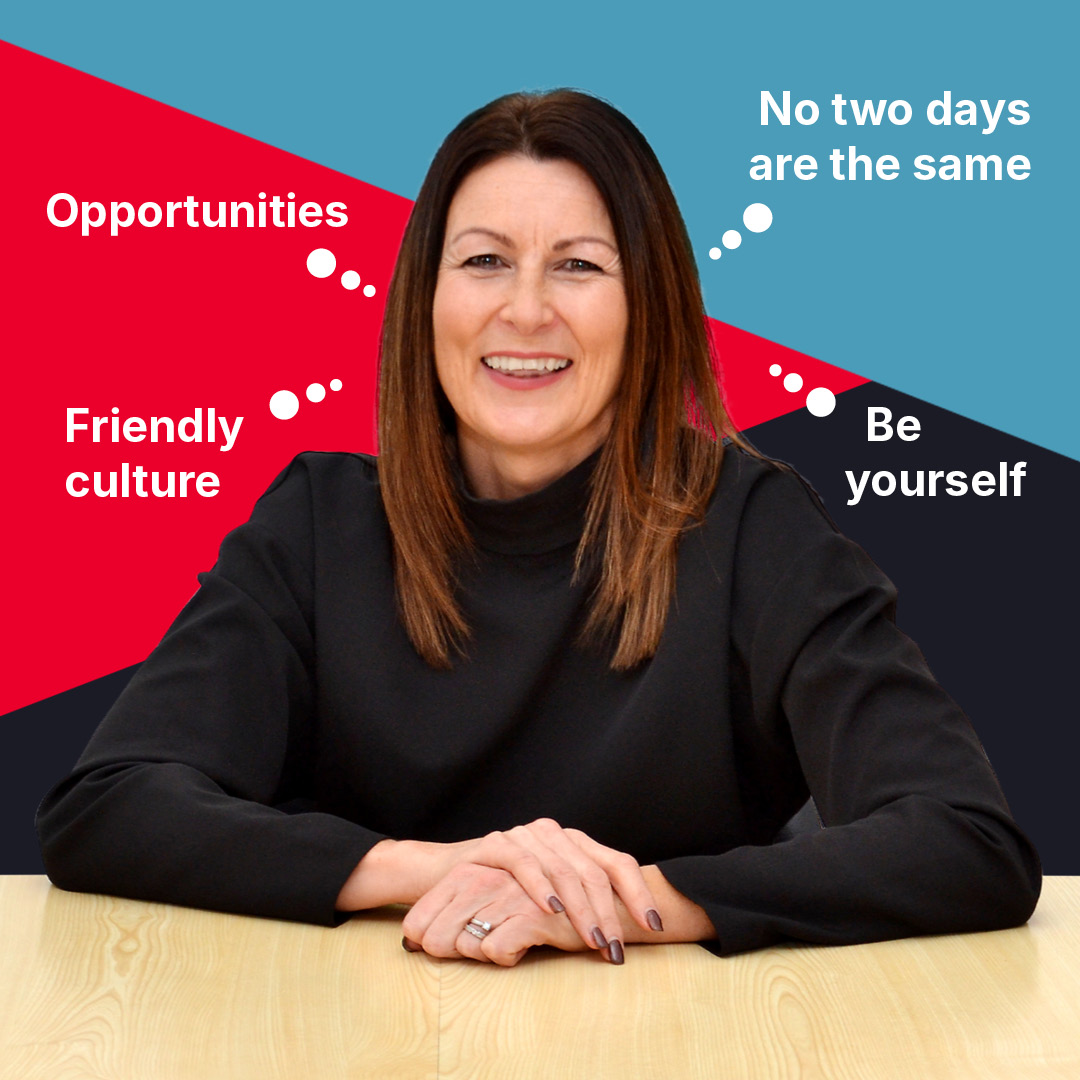Anyone can come up with creative ideas.
Some of them will be bad. Some of them will be good. A lot of them will be average.
But a few of them will be great.
However, when it’s your job to come up with creative ideas, you need a much higher hit rate.
But here’s the thing. Professional creatives aren’t better at coming up with creative ideas
What they are better at is losing themselves in the process of using logical AND emotional thinking, exploring lots of avenues, and identifying which options to pursue – much quicker than your average person.
Here are 5 key phrases of the creative process:
Phase #1 – Data Immersion
Ideally, this would be kicked off with a solid brief that sets out clear objectives backed up with an agreed strategy. But with or without this, you need to immerse yourself in as much information as possible. The more research material you can work with, the more connections you can make in the next phase
Phase #2 – Connect the dots
All ideas are simply new combinations of existing ones. The obvious ones will come quickly, so don’t be tempted to settle for them if ‘thinking differently’ is important. You might get lucky and nail it straight away, or you might find that whatever you come up with isn’t quite hitting it. This is typically where ‘creative block’ can kick in and pushing through this takes time. It’s important not to be discouraged, and perhaps bouncing ideas off colleagues may help at this stage.
Phase #3 -Take a break
This is an essential part of the process that can often be seen as a luxury. There’s a reason that creative studios are often built in a way that embraces distractions and a sense of play. Walking away from the problem allows the unconscious brain to work on it while you do other things. It may take 5 minutes, or might come overnight… I once solved an animation problem in a dream! The ‘A-Ha’ moment can come at any time – the only thing that should get in its way is the deadline.
Phase #4 – Evaluate
It’s important to avoid self-editing during phases 2-3. Allow anything and everything to spill out, and hopefully, you will now have a selection of ideas worthy of further consideration. Some will be better than others, and some just won’t work so put them to one side and move on.
Phase #5 – Craft
Now’s the time to take those ideas and work them up to a point that allows you to communicate them clearly to others. It could be words, sketches or even finished visuals. The approach will differ depending on ability, audience, and deadline.
Remember I mentioned the use of both logical AND emotional thinking? This means making the most out of your conscious and unconscious brain. This has been explored brilliantly in the book Sorry Spock, Emotions Drive Business: Proving the Value of Creative Ideas With Science by Adam W. Morgan
Your conscious brain will be working hard during phases 1 and 2. Working logically and focusing on all the new information it’s being fed. Being bombarded with a lot of information really puts your conscious brain under pressure, so being in an environment that allows you to concentrate will be important.
Phase 3 will allow the unconscious brain to kick in… creating connections that ‘feel’ right or provoke a reaction. These stages can benefit from working in more energetic environments that provide small distractions.
Phases 4-5 will rely on a mixture of both. You will make split-second decisions based on the feeling or gut reaction to an idea and then follow it up with more logical considerations.
Let’s not forget that these are just the first steps to great work. This is simply a process to help get an idea (or usually multiple ideas) from your head into someone else’s. It’s only the beginning.
Can you just do it by lunchtime, please?
Drop me a message today to start our creative flow on ml@cwa.co.uk.



